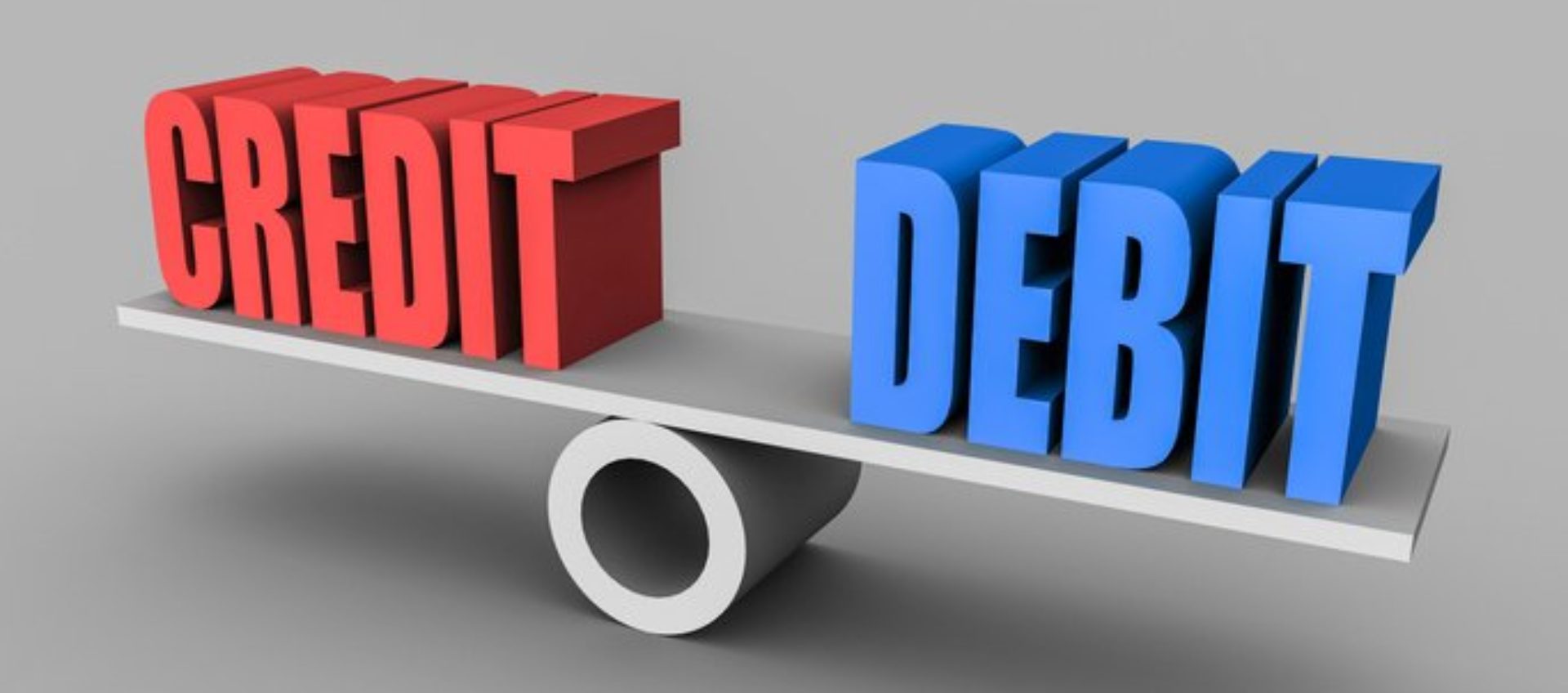We’ve covered some pretty big topics so far in a few short months over several posts, but we haven’t really covered the basics. Hopefully, if you need somewhere to start, this post will give you a look at the basics of money management.
One of my favorite concepts is one Paula Pant from affordanything.com describes as “The Gap.” The gap is the difference between what you make, and what you spend. Hopefully the gap doesn’t go in the reverse direction! If you have a gap between what you spend and what you make, you’ll need to figure that out first by tracking your spending and cutting what you can, and growing your income in some way, so that the gap starts growing in the right direction. The basic concept here is simply to earn more than you spend. Once you’re doing so, you can save and invest the gap money! This is how wealth is created.
To track your spending and get things moving in the right direction there are a lot of different options. If you’re good with spreadsheets you can create a budget and track your spending that way using your bank statements and online account access. Just plug everything into the spreadsheet each month and total up your income, minus your spending, to see where you’re at. You can create custom categories to see where you’re doing well and what needs improvement. Another option is to use a tracking tool such as Mint.com or the Mint mobile app, which is totally free, to link all of your accounts and track your spending automatically! Personal Capital is another popular tracking tool, and then several banks and financial institutions offer variations as well. Personally I use a combination of spreadsheets and Mint to get the numbers I’m looking for. I will share blank copies of some of my spreadsheets for download soon. Perhaps they’ll help you get started too!
Another basic concept is that consumer debt is bad debt. Really, not much is “good” debt outside of a low interest mortgage. You may be able to get a great rate on a car loan, but what good is that if you’re buying a something that depreciates at an insane rate. 99% of cars aren’t assets, they’re money pits. Student loans generally land somewhere in the middle, around 6ish percent rate right now on federal loans. Once you get into 8% + interest, you’re at a point where you can’t really expect to earn a better return investing your money than you would paying off your debt, so if you have debts with over an 8% interest rate, those should be paid off. If it’s credit cards or furniture loans, etc… with 15% or higher rates, those need paid off like they’re coming to burn your house down if you don’t! See my previous article on credit cards for some more advanced strategies: https://creditsanddebits.net/credit-card-payoff-hacking/
Another basic concept that you should know is an asset vs a liability. Robert Kiyosaki spells out this concept beautifully in his best selling book, Rich Dad, Poor Dad. I’ll attempt to do it some justice. An asset holds and generally appreciates in value, sometimes paying a dividend. A liability depreciates, and sometimes costs you more than it’s worth, like a debt, or a new car. Basically an asset makes you money, where a liability costs you money. If you stack your balance sheet with liabilities, you’ll never build wealth because all of your money is leaving the sheet to pay those liabilities. If you stack your balance sheet with assets, you’ll build wealth, and eventually may even find yourself in a position where those assets produce more income than your expenses, maybe even than you can make via normal income!
When you reach the point where your assets produce enough to cover your expenses in perpetuity you’ve reached financial independence. Obviously, this is easier to reach with low expenses, but to know what that looks like for you, you’ll need to track your expenses like we talked about earlier. One rule of thumb comes from the “Trinity Study” that you’ll hear many personal finance gurus quote as saying that if your nest egg is large enough that you can cover your expenses by withdrawing 4% each year, then you’re financially independent. What does that look like in practice? For a simple example, if your expenses are $40,000 per year, you would need a nest egg of $1,000,000, so that you could withdraw 4% each year to cover those expenses to be financially independent.
So the basics pretty much in order go like this: Pay off debt. Especially pay off consumer debt. Then grow the gap between what you earn and what you spend, invest the difference. This can be done by both cutting expenses or earning more cash. Once you’ve got a gap that you can start investing, build assets. Once you’ve built enough assets, become financially independent. When you reach financial independence it’s a whole new ball game. You have the ability to quit trading your time for money and do the things you really want to do with your life if you didn’t have to work. This is what we should all be striving for, instead of backing into retirement hoping Social Security holds up. There’s a much brighter future out there for all of us if we do our best to follow this path.

